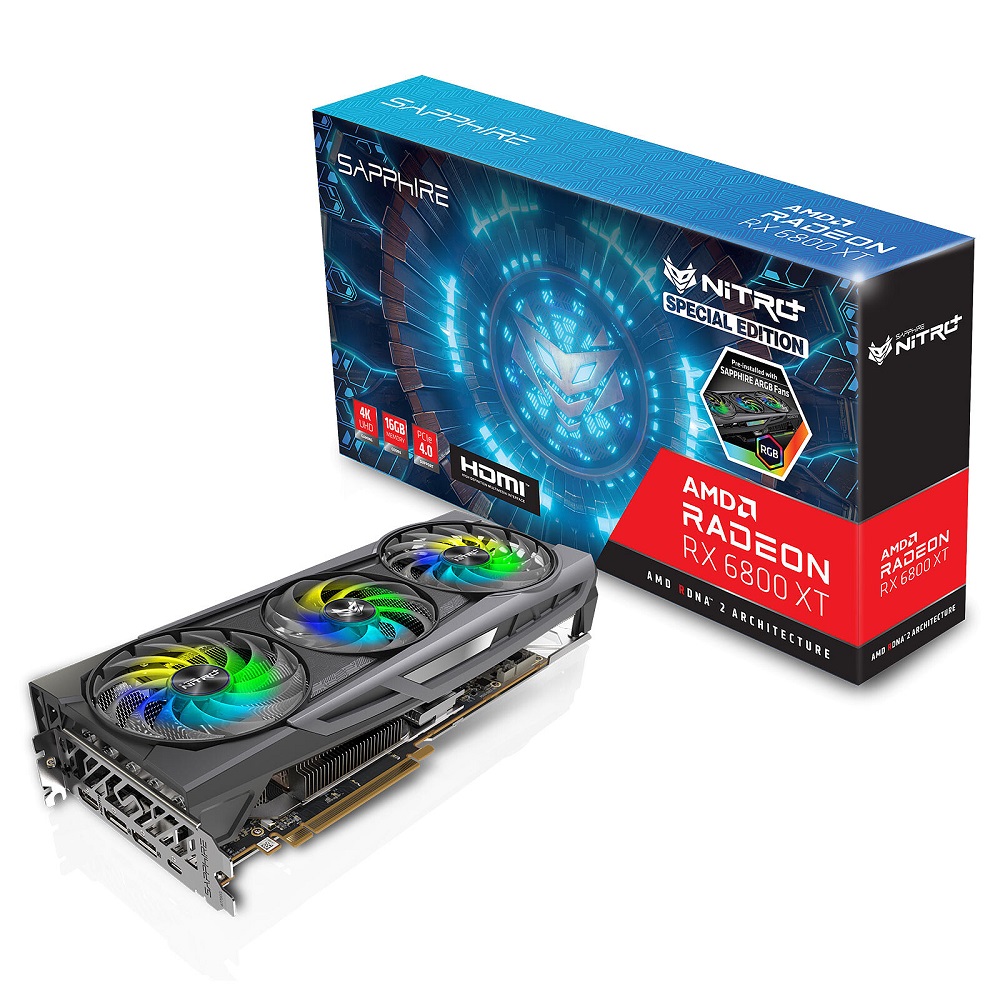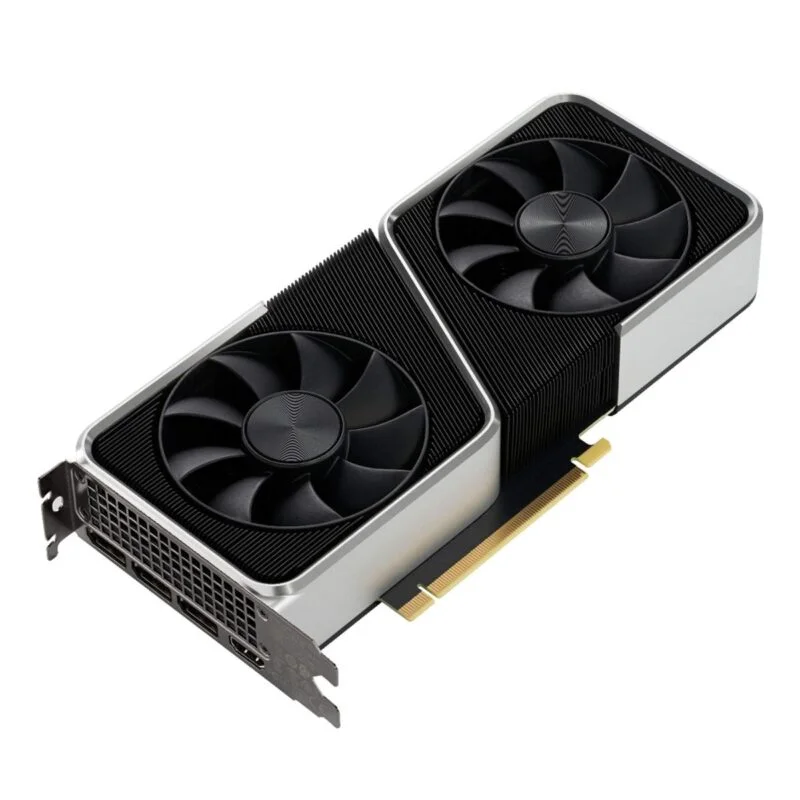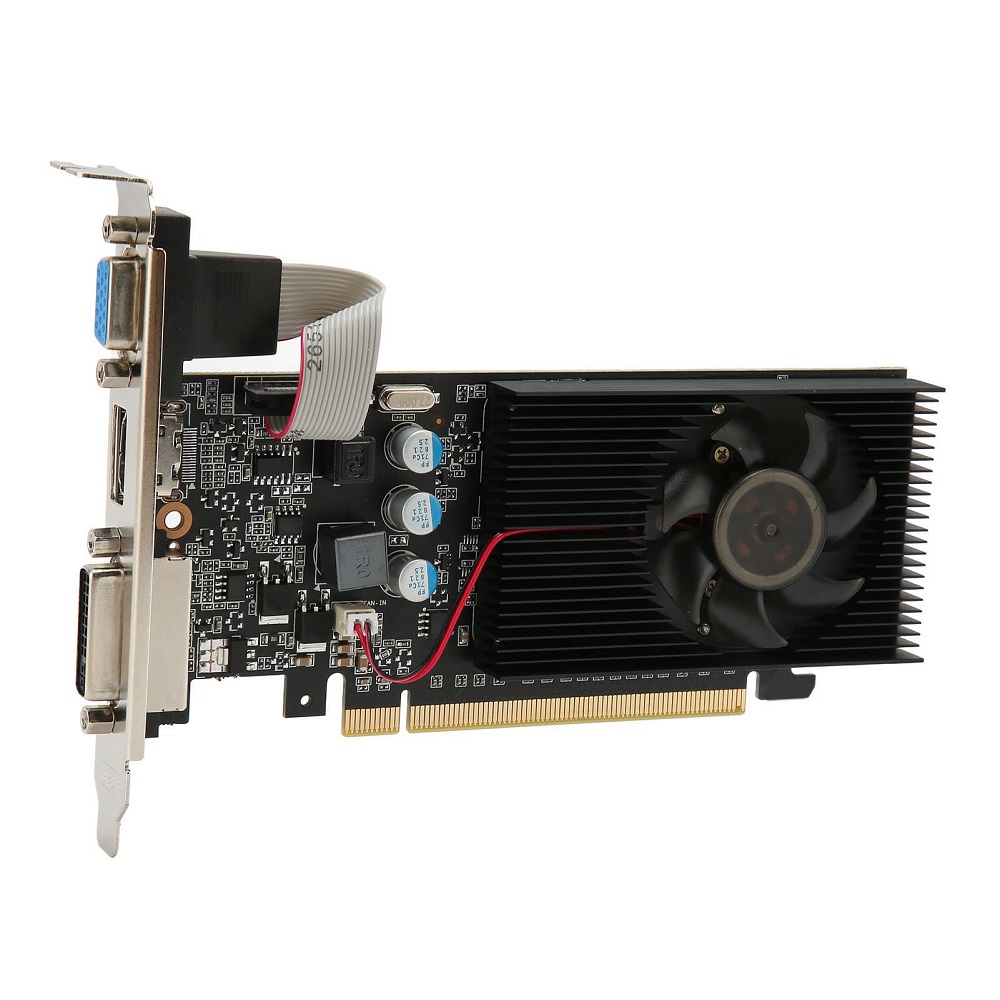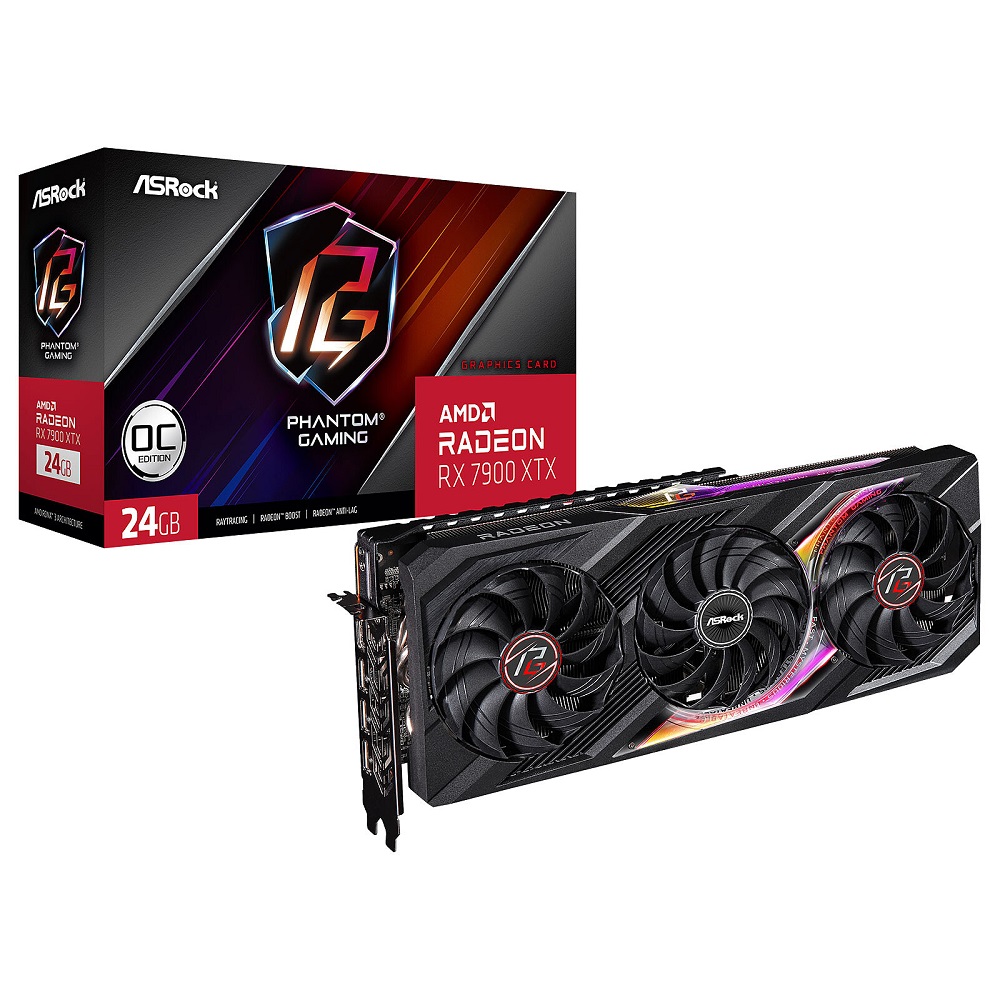A graphics card plays a vital role in your computer, handling everything related to visual output, from running applications to rendering high-definition games. However, sometimes issues arise that can disrupt your experience, leading to performance drops, glitches, or complete failures to render graphics. One of the most effective troubleshooting steps is simply restarting your graphics card. This article provides a comprehensive guide on how to restart your graphics card easily, along with tips on identifying issues and ensuring optimal performance.
Understanding Your Graphics Card
Components and Functionality
Before diving into troubleshooting, it’s crucial to understand the basic components of your graphics card and how they function. A typical GPU (Graphics Processing Unit) consists of several key elements, including the GPU chip, memory (VRAM), and various connectors for outputting to monitors. The GPU chip processes graphical data and sends it to the display, while the VRAM stores textures, images, and other data necessary for rendering visuals smoothly.
Graphics cards come in various types, such as integrated and dedicated cards. Integrated graphics share resources with the CPU, while dedicated graphics cards have their own resources. Knowing which type you have can help in understanding troubleshooting steps and solutions.
Common Issues
Understanding common issues can help identify when your graphics card needs a restart. Symptoms indicating that something is wrong with the graphics card may include screen flickering, graphical artifacts, sudden frame drops in gameplay, or failure to boot into the operating system. If any of these problems arise, the first recommended troubleshooting step is to restart the graphics card.

Why Restarting Your Graphics Card Matters
Clearing Temporary Issues
Just like any other computer component, graphics cards can experience temporary issues that affect performance. These issues might arise due to overheating, memory leaks from applications, or conflicts with drivers. Restarting your graphics card can help clear these transient problems, restoring functionality without the need for extensive troubleshooting.
A simple restart can refresh the GPU’s memory and resources, making it easier for it to allocate tasks efficiently. This process can eliminate minor hiccups, reducing the likelihood of needing more involved solutions.
Preventative Maintenance
Regularly restarting your graphics card can also serve as part of good preventative maintenance. If you routinely experience performance issues, incorporating regular restarts into your workflow can extend the overall lifespan of the GPU. While this method may not resolve all problems, it can contribute to a smoother user experience.
How to Restart Your Graphics Card
Using Device Manager
One of the easiest ways to restart your graphics card is through Windows Device Manager. Follow these steps:
- Access Device Manager: Right-click on the Start menu and select “Device Manager” from the list.
- Locate Graphics Cards: In the Device Manager window, find the “Display adapters” category. Click the arrow to expand it and reveal your graphics card.
- Uninstall and Reinstall: Right-click on your graphics card and select “Disable device.” Wait a few seconds, then right-click again and choose “Enable device.”
This process refreshes the graphics card driver and can fix many minor issues effectively.
Using Task Manager
Another method is to use the Task Manager for a quick refresh:
- Open Task Manager: Right-click on the taskbar and select “Task Manager” or press
Ctrl + Shift + Esc. - Find Applications: In the Processes tab, locate any applications using graphics resources, particularly games or design software.
- End Task: Right-click on the application and select “End Task.” This action can also free up resources associated with the graphics card.
After you’ve done this, open the application again to see if the graphics card functions correctly.

Performing a Hard Reset
Power Cycling Your Computer
Sometimes restarting the graphics card through software isn’t enough. If your graphics card continues to show issues, a hard reset can help:
- Shut Down the Computer: Completely power off your machine by using the shut down option.
- Disconnect Power Supply: Unplug the power cable from the back of your computer and wait for about 1-2 minutes.
- Press the Power Button: After waiting, press and hold the power button for about 10 seconds. This process drains any leftover power in the system.
- Reconnect Power: Plug the power cable back and start the computer.
This hard reset allows all components, including the graphics card, to reset fully. It can resolve deeper issues that a software restart might not address.
Reseat the Graphics Card
If problems persist, reseating the graphics card may be necessary, especially if you experience crashes or graphical issues:
- Power Down and Open the Case: Turn off the computer and disconnect from the power supply. Open the case to access the hardware components.
- Remove the Graphics Card: Unscrew and gently slide the graphics card out of its PCIe slot.
- Inspect for Damage: Look for any signs of wear, and dust the PCIe slot and the card itself.
- Reinsert the Card: Align it properly in the PCIe slot, firmly pressing down until it clicks into place.
Reseating the graphics card can create better contact between the PCIe lanes and the card, potentially resolving persistent issues.
Driver Issues and Updates
Checking for Driver Updates
Often, the underlying issue may stem from outdated or corrupted drivers. To check for updates, follow these steps:
- Open Device Manager: As described in a previous section, access Device Manager.
- Update Driver: Right-click on your graphics card and choose “Update driver.” Then select “Search automatically for updated driver software.”
Windows will search for the latest drivers and install them if available. Keeping your graphics card drivers up to date can significantly reduce the occurrence of errors and improve performance.
Reinstalling Graphics Drivers
If updating does not resolve the issue, you may need to reinstall the driver:
- Uninstall the Driver: In Device Manager, right-click your graphics card and select “Uninstall device.” Be sure to check the box that also deletes the driver software.
- Reboot: Restart your computer; Windows will automatically reinstall the default driver upon reboot.
- Install Latest Drivers: After rebooting, visit the manufacturer’s website to download and install the most recent drivers for your specific card model.
Reinstalling your drivers helps ensure that you have a clean installation and can eliminate any corruption that might lead to problems.

Diagnosing Further Issues
Using Diagnostic Tools
If restarting your graphics card doesn’t solve your problems, consider using diagnostic tools that help identify issues:
- Benchmarking Software: Tools like 3DMark or Unigine Heaven can stress test your GPU. Running these benchmarks allows you to see if the graphics card handles the stress without crashing.
- Monitoring Software: Programs such as MSI Afterburner or GPU-Z can help track the temperature, usage, and performance of your graphics card. Monitoring these aspects may reveal overheating or resource issues.
- Event Viewer: Check your system’s Event Viewer for any critical errors related to your graphics card. You can access this by typing “Event Viewer” in the Windows search bar and looking for any warnings or errors in the “Windows Logs.”
Using diagnostic tools can pinpoint specific issues, allowing for appropriate corrective actions.
Expanding Hardware Resources
Sometimes, your current hardware may not meet the demands placed upon it, especially with new applications or games. If performance continues to lag despite troubleshooting, consider evaluating your overall system’s resources.
- RAM Compatibility: Ensure your computer has sufficient RAM for demanding tasks. Running demanding applications with insufficient RAM can slow down performance.
- Power Supply: Make sure your power supply unit (PSU) can provide enough wattage for your GPU. Underpowered graphics cards can underperform or cause system failures.
- Cooling Solutions: Check if your cooling solutions (fans, heatsinks) are effectively keeping the graphics card temperature under control. Overheating can lead to frame drop issues and decreased performance.
Knowing When to Seek Professional Help
Symptoms Indicating Professional Assistance
Despite best efforts, some issues may require professional intervention. Here are a few symptoms that suggest you should seek help:
- Persistent Crashes and Freezing: If the system crashes frequently or freezes during normal use, a deeper issue may exist that requires professional diagnostics.
- Artifacts in Graphics: Visible artifacts such as strange lines, colors, or textures appearing in graphics can indicate a failing GPU, which should be examined by a technician.
- System Won’t Boot: If the computer fails to boot and shows no display, further hardware diagnostics and troubleshooting might be necessary to identify the root cause.
Finding a Trusted Technician
When you’ve decided to seek professional help, look for specialized technicians or shops that focus on computer hardware. Read reviews and ask for recommendations to ensure you find someone knowledgeable and trustworthy. Explain the problems you’ve been experiencing, providing details on the troubleshooting steps you’ve already taken. This information will help the technician diagnose the issue more effectively.
Conclusion
Understanding how to troubleshoot and restart your graphics card can greatly enhance your computing experience. Whether you’re facing issues with performance or simply encountering graphical glitches, the steps outlined in this article provide practical solutions. Start with easy fixes such as software restarts and driver updates, and then progress to more involved methods like reseating the card or performing hardware diagnostics.
By being proactive about your graphics card care and troubleshooting, you can ensure optimal performance and extend the lifespan of your computer’s vital components. Take the time to familiarize yourself with your system, and when in doubt, don’t hesitate to seek professional assistance for more complex issues. Happy computing!
